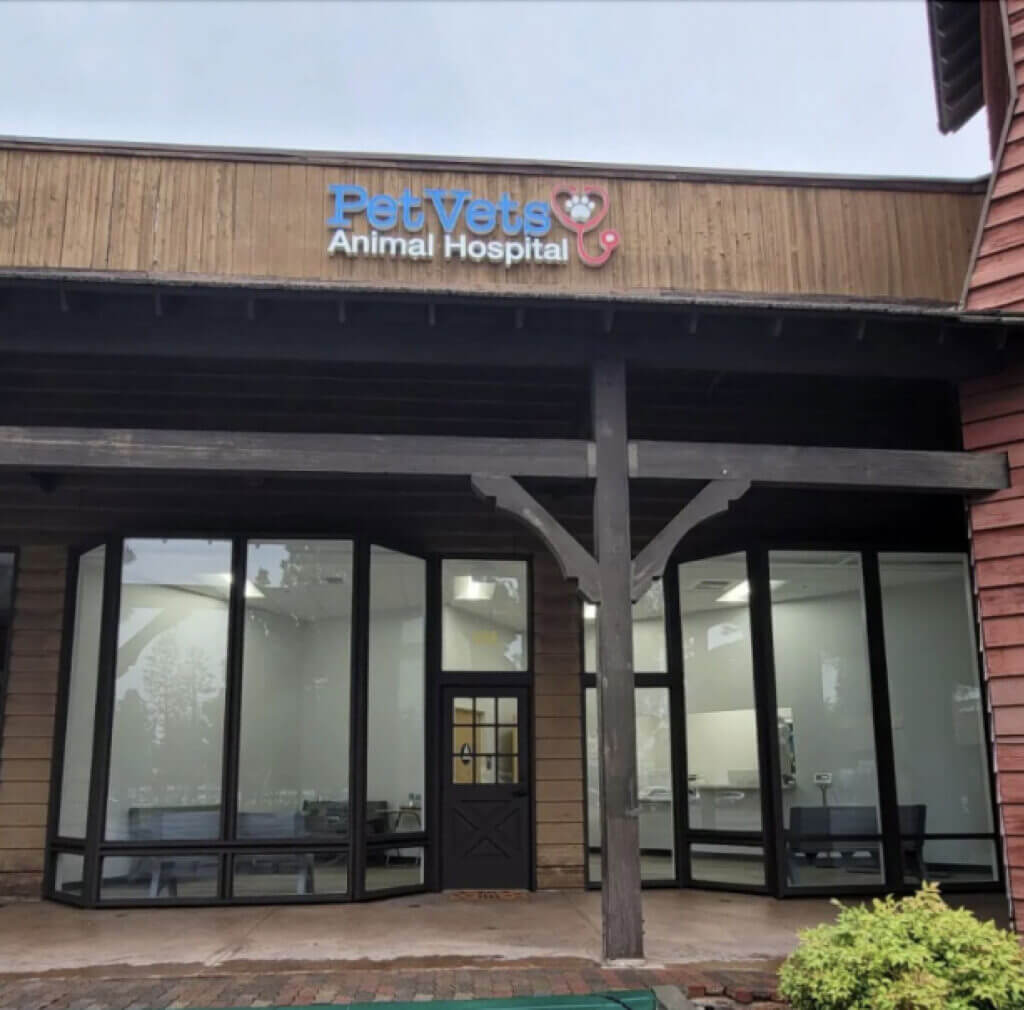Dog Patella Luxation Treatment
in San Dimas, CA
Patella luxation is a common orthopedic issue in dogs, characterized by the dislocation of the kneecap from its normal position. This condition can occur in two directions: medial, where the kneecap moves towards the inside of the leg, and lateral, where it shifts towards the outside. Understanding the clinical signs, treatment options, and recovery process is crucial for managing this condition effectively.
What Are the Clinical Signs of Patella Luxation in Dogs?
Clinical signs of patella luxation vary depending on the severity of the condition. In mild cases, dogs may exhibit occasional skipping or limping, while in more severe cases, the lameness can be constant. Other signs include reluctance to bear weight on the affected leg, intermittent or persistent limping, and abnormal gait patterns such as bow-leggedness or a crouched stance. Additionally, some dogs may show signs of pain or discomfort, especially during physical activity or manipulation of the affected limb.
How Is Patella Luxation Treated in Dogs?
When conservative management fails to alleviate the symptoms or in severe cases, surgical intervention may be necessary. One common surgical technique for treating patella luxation is the tibial wedge cut and tibial tuberosity advancement with pin technique.
How Is the Tibial Wedge Cut and Tibial Tuberosity Advancement With Pin Technique Performed in Dogs?
During this procedure, the surgeon makes an incision over the knee joint and exposes the patella. The tibial tuberosity, the bony prominence where the patellar ligament attaches, is then cut and shifted forward. This forward shift changes the angle of pull of the patellar ligament, helping to stabilize the patella in its correct position. Additionally, a wedge-shaped piece of bone is removed from the tibia to further correct the alignment of the joint. Finally, the tibial tuberosity is secured in its new position using pins or screws.
What Can I Expect During My Dog’s Recovery After Surgery for Patella Luxation?
After surgery, dogs will typically require a period of restricted activity and rehabilitation to allow for proper healing. Pain management medication may be prescribed to keep the dog comfortable during this time. Physical therapy exercises, such as controlled walking and range of motion exercises, may also be recommended to promote muscle strength and joint mobility. Follow-up appointments with the veterinarian will be necessary to monitor progress and adjust the treatment plan as needed. Most dogs can expect to return to normal activity levels within a few months following surgery.
Dog Patella Luxation Treatment at PetVets Animal Hospital
Medial and lateral patella luxation can significantly impact a dog’s quality of life, but with timely diagnosis and appropriate treatment, many affected dogs can enjoy improved mobility and reduced discomfort. Surgical correction, such as the tibial wedge cut and tibial tuberosity advancement with pin technique, offers a reliable solution for addressing this condition. By understanding the clinical signs, treatment options, and recovery process, pet owners can work with their veterinarians to provide the best possible care for their furry companions.
Frequently Asked Questions About Dog Patella Luxation
-
How long does it take for a dog to recover from patella luxation surgery?
Recovery time can vary depending on the severity of the condition and the specific surgical technique used. In general, dogs can expect to start gradually increasing their activity levels within a few weeks following surgery, with full recovery taking several months.
-
Will my dog be in pain after surgery?
Pain management is an important aspect of post-operative care. Your veterinarian will prescribe medication to keep your dog comfortable during the recovery process.
-
Can patella luxation recur after surgery?
While surgical correction can significantly reduce the likelihood of patella luxation recurring, there is always a small risk of relapse, especially in cases where the underlying anatomical abnormalities are severe.
-
Are there any long-term complications associated with patella luxation surgery?
Most dogs experience good long-term outcomes following surgery, with improved mobility and reduced pain. However, some dogs may develop arthritis in the affected joint over time, particularly if the condition was severe or if there are underlying joint abnormalities.

